Bioscience
Virus detection method is versatile and accessible
A low-cost diagnostic tool can detect a range of viruses without the need for expensive materials or facilities.

A safe, fast and cheap testing method that uses magnetic nanoparticles to detect viruses in both clinical and wastewater samples has been developed by KAUST researchers. The centrifuge-free approach is compatible with magnetic bead-based automated systems that are already used to process hundreds of samples.
“Our silica magnetic nanoparticle-based workflow can be assembled from scratch by any researcher,” says lead author Gerardo Ramos-Mandujano. “It rivals commercial viral-RNA extraction kits while lowering the risk of handling potentially infectious samples.”
To diagnose COVID-19, clinicians extract SARS-CoV-2 viral RNA from different types of clinical samples, such as nasopharyngeal swabs, and detect the virus using real-time reverse transcription polymerase chain reaction assays.
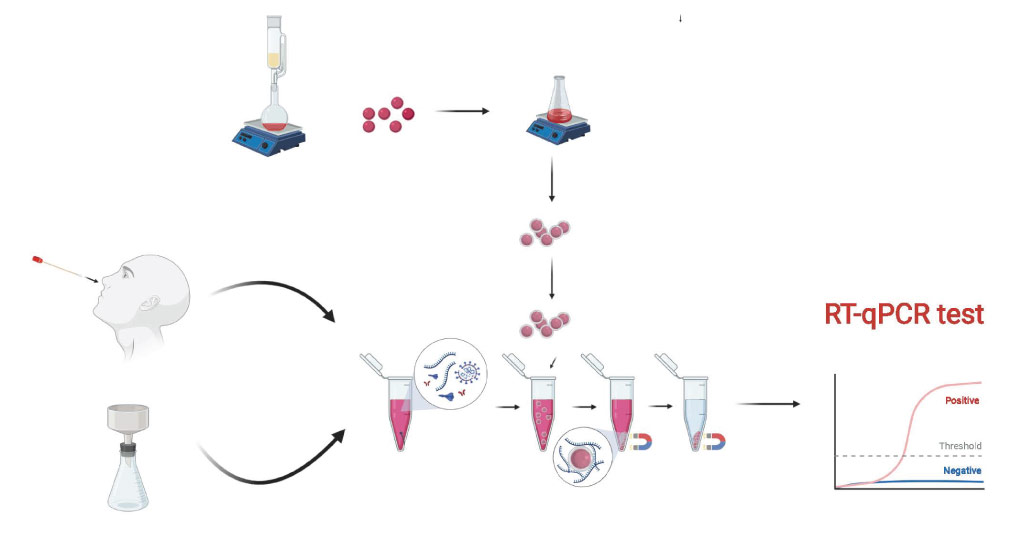
The safe, rapid and low-cost SARS-CoV-2 testing protocol uses magnetic nanoparticles to isolate the viral nucleic acids, avoiding the need for centrifuging or expensive reagents.
© 2021 Ramos-Mandujano et al.
But the sheer scale of the pandemic could lead to shortages in essential supplies for diagnostic testing, such as commercial reagents and laboratories that satisfy biosafety requirements. Conventional chemical supplies are also expensive, making them less accessible to low-income countries and remote healthcare facilities.
As the virus has been detected in wastewater before community outbreaks, keeping a close eye on its presence in sewage is becoming an important public health measure. Due to the risk of handling infectious samples, this will require an approach that is safe, simple to perform, while using cheap chemicals that are readily available.
To address these challenges, Ramos-Mandujano and Mo Li, Assistant Professor of bioscience, developed an open-source protocol for detecting viral RNA in clinical and environmental samples using magnetic nanoparticles, which isolate nucleic acids without centrifuging or expensive reagents.
“Our method enables any basic biology lab to make homemade silica magnetic nanoparticles from readily available materials,” says Li
The technique works in TRIzol, a common reagent that completely inactivates viruses, allowing clinicians to safely handle infectious samples. At just 0.3 US cents per RNA extraction, the protocol is cheaper than commercial diagnostic kits and produces high-quality RNA.
Their method also works efficiently on other human pathogenic viruses, including influenza A and B and respiratory syncytial virus. When the researchers tested the protocol on wastewater samples, they were able to recover 88 percent of the input synthetic SARS-CoV-2 RNA, making it an effective tool for detecting the virus in sewage.
The versatile technique could become a useful tool for widespread community testing of different viral threats and wastewater monitoring during future pandemics. It could also be used by liquid-handling robots to extract RNA from a large number of samples.
“We hope to move the method from research laboratories to real-world testing sites so that it can improve capacity and decrease the cost of COVID-19 testing,” says Li.
References
- Ramos-Mandujano, G., Salunke, R., Mfarrej, S., Rachmadi, A., Hala, S., Xu, J., Alofi, F.S., Khogeer, A., Hashem, A.M., Almontashiri, N.A.M., Alsomali, A., Shinde, D.B., Hamdan, S., Hong, P., Pain, P., Li, M. A robust, safe and scalable magnetic nanoparticle workflow for RNA extraction of pathogens from clinical and wastewater samples. Global Challenges 5. 2000068 (2021).| article
You might also like
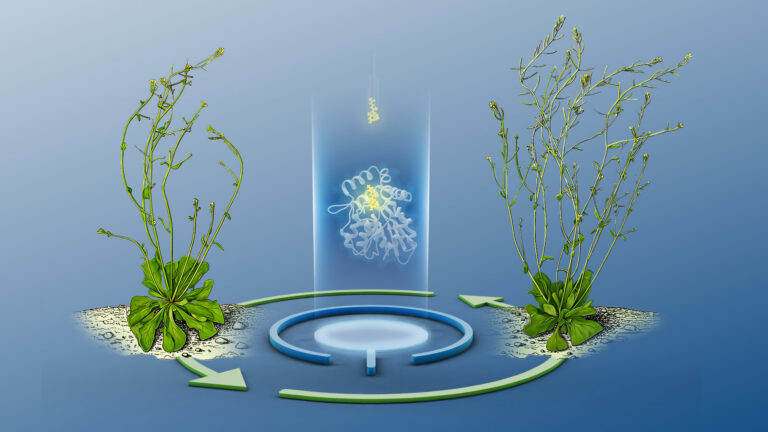
Bioscience
Hidden flexibility in plant communication revealed
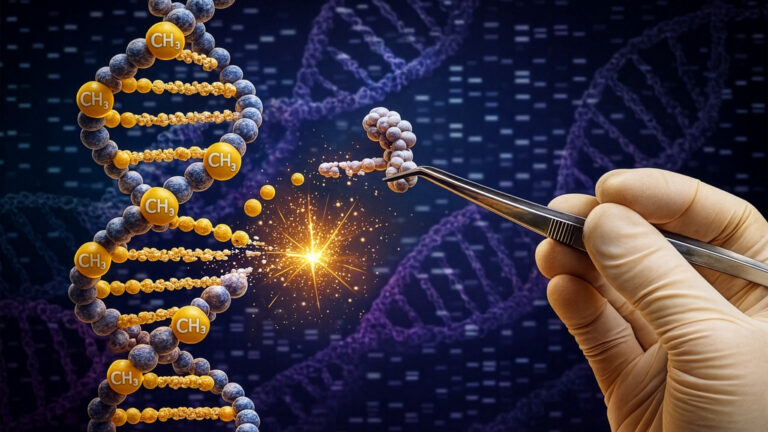
Bioscience
Harnessing the unintended epigenetic side effects of genome editing
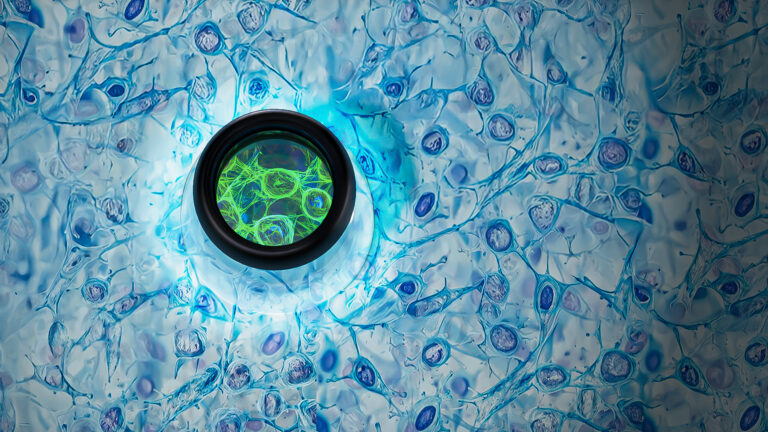
Bioscience
Mica enables simpler, sharper, and deeper single-particle tracking

Bioengineering
Cancer’s hidden sugar code opens diagnostic opportunities

Bioscience
AI speeds up human embryo model research
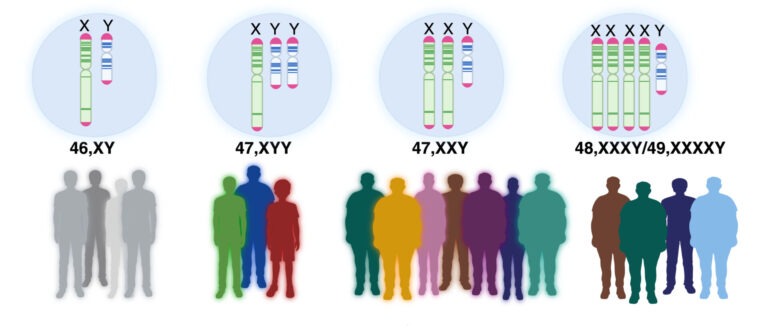
Bioscience
Sex chromosome overload sparks to a common developmental faultline

Bioscience
Super fungi survive extreme Mars-like environments
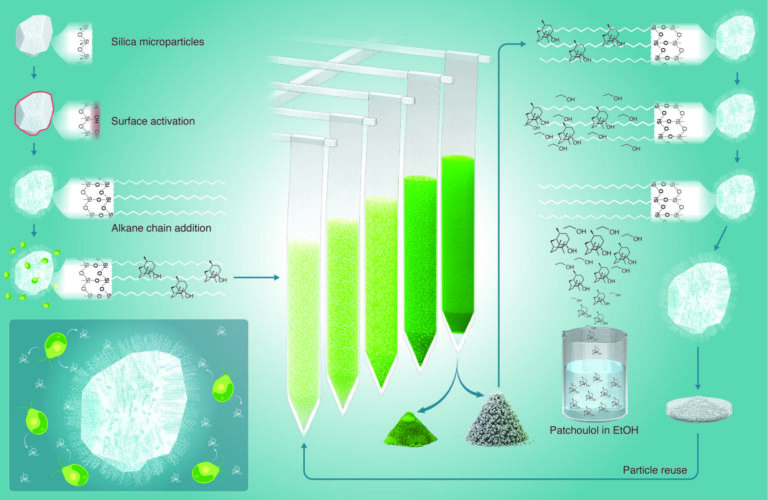
Bioengineering




